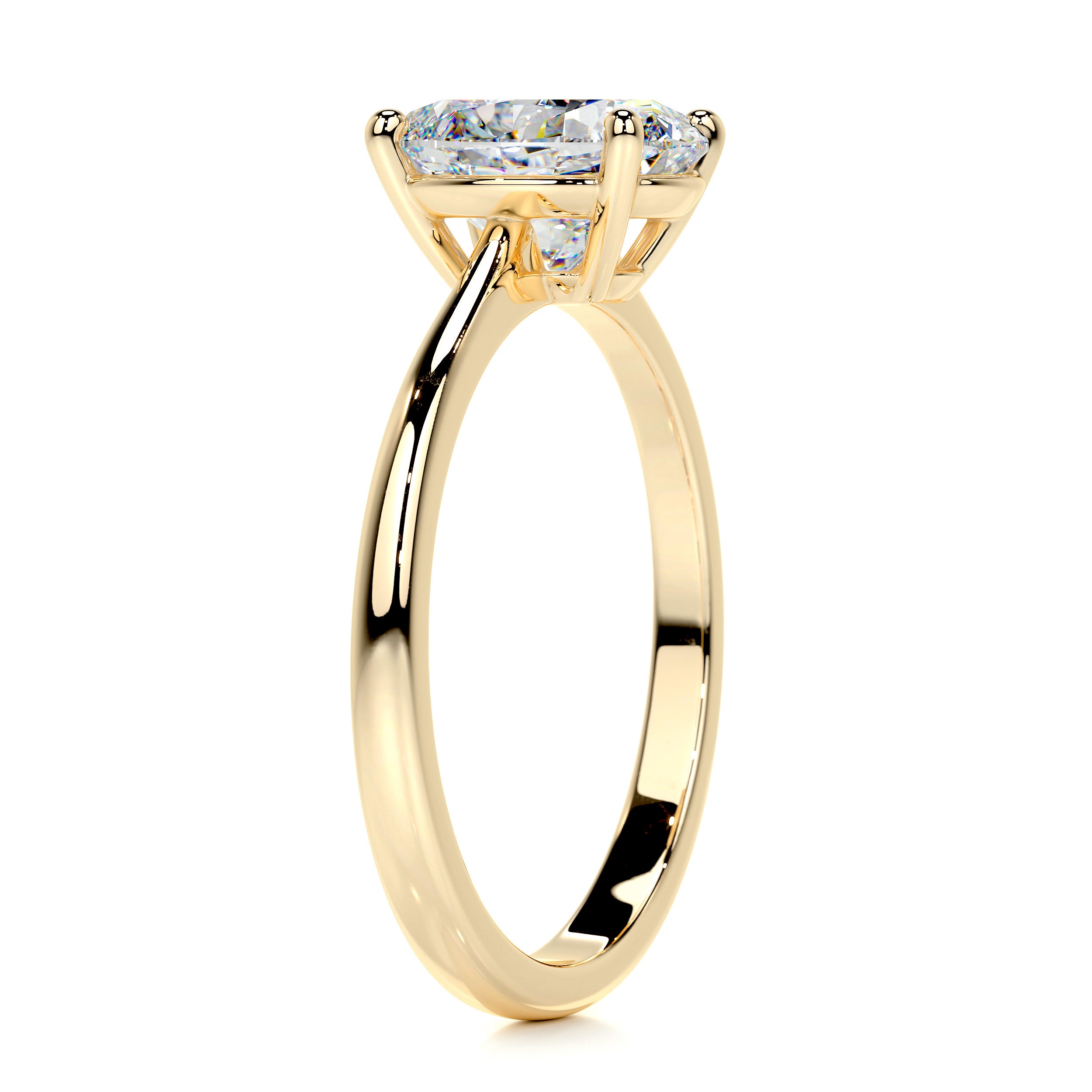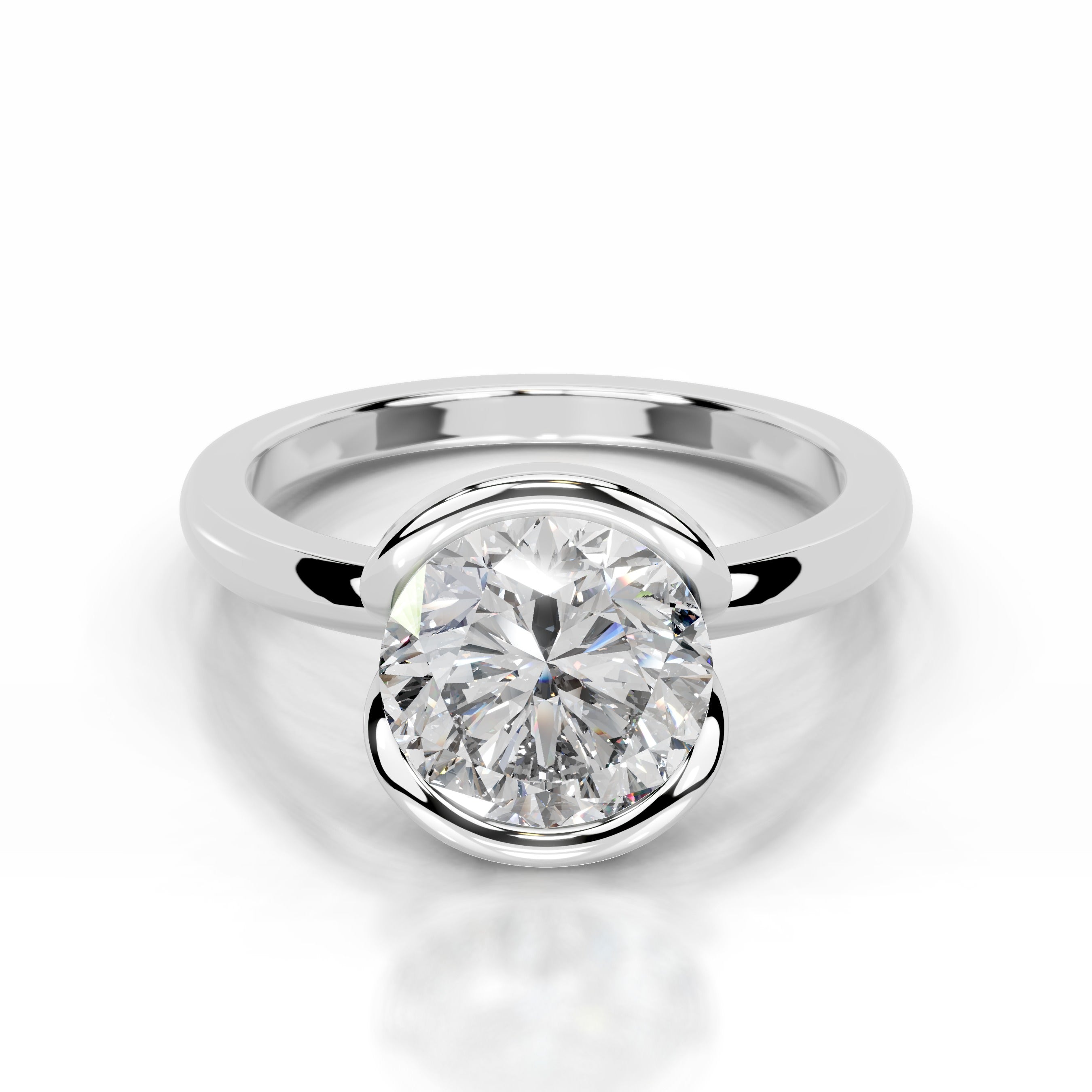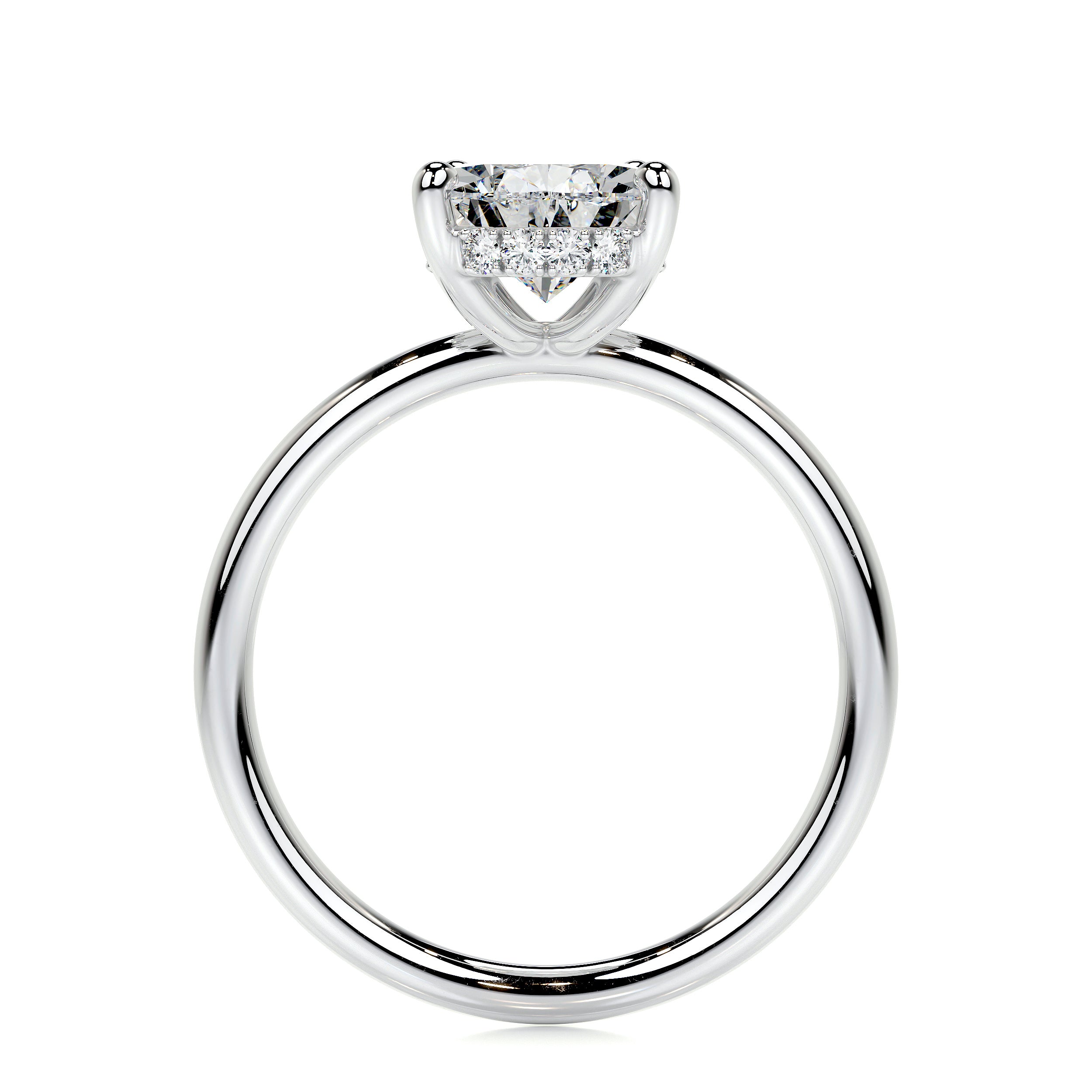Aquamarine is a beloved colored stone that has earned loyal fans around the globe for centuries. Even royal households have had their crowns and tiaras crafted from fine aquamarine. Its broad appeal as a delicate pale blue gemstone has made it a popular choice for all gemstone collectors. Did you know that this pretty stone is a member of the beryl family of minerals? This gem species includes Morganite- a pretty pink stone, goshenite a sparkly colorless variety, yellow beryl (or heliodor), and emerald. So, you see it’s in good company with other natural stones found in a range of attractive pastel colors.
As one of the perennially most popular blue gemstones, aquamarine is steeped in history and legend. Its actual name is charming. Aquamarine comes from the Latin ‘aqua’ meaning ‘water’ and ‘marine’ or ‘marina’ meaning ‘of the sea’. Fortunately for collectors, aquamarine can display marvelous clarity. This allows the stone to dazzle the eye and reflect light with a bright, lively sparkle.
Aquamarine history & folklore
It is clear to see why aquamarine has been associated with oceans, seas, and bodies of water. Aquamarine has been preferred for placement in fine jewelry since around 500 BC. This tropical blue stone brings lagoons and beautiful bodies of water to mind. It easily invokes images of cloudless skies and crystal-clear bodies of waters beneath it.
Ancient people believed aquamarine to be the sole treasure of mermaids, so it was often worn by sailors and seafaring travelers as a protective charm against shipwrecks and to prevent seasickness.
Early folklore over the centuries relates aquamarine to bodies of water and oceans around the globe. One legend predicted that powerful qualities in aquamarine were especially robust when it was submerged in water. So, when ancient people felt aquamarine's potency begin to dwindle, they would submerge the gem in water at night on a full moon to rejuvenate it. Legends told that as a very last resort, sailors trapped in a storm threw their Aquas overboard to calm the spirits. Ancient Romans even believed aquamarine cured physical ailments of the throat, stomach, and liver.
Various kinds of aquamarine
Gemstones colored naturally like those in the beryl family are referred to as allochromatic. Aqua takes its color from the presence of two different types of iron: ferrous and ferric. Ferrous iron is responsible for the gem displaying its trademark blue tint. Next, the presence of ferric iron in the crystal turns it slightly greenish-blue. The darker the stone, the more collectible and valuable it is with serious connoisseurs. Some aquamarines are so pastel that they appear nearly colorless in natural daylight. Yet they can display a richer colored tone under candlelight or an incandescent light bulb.
Aquamarine’s other kin in the beryl family, Morganite, is tinted by the chemical manganese. Another relative, emerald, got a jolt of vivid green coloration thanks to the presence of three separate elements; chromium, iron, and vanadium.
Several traits make aquamarine highly sought after; its clarity, high transparency, and the fact that the crystals are found in large sizes. Many colored gemstones have variations of shades to their primary color. Aquamarine also has several different shades of color—and various colors of blue, that all come naturally to the jewel. For example, Santa Maria aquamarine is those with a deeper blue tone than what we’re familiar with. The name honors its place of discovery, Santa Maria de Itabira gem mines of Brazil where deep-toned and lively aquamarines are found. Similarly, deep-toned blue Mozambican gems are called Santa Maria Africana Aquamarine. But the largest deposits of aquamarine come from the state of Minas Gerais in Brazil. More recently, Africa is becoming a solid aquamarine rival for the sheer volume of aquamarine being produced and for its quality. Countries like Nigeria, Madagascar, Tanzania, and Mozambique are also entering the aqua market. Collectors previously sought out stones from Russian deposits for their striking color, but unfortunately, the mines are depleted now.
How to clean your aquamarine jewelry
You’ll be glad to learn that aquamarine is near the top of the Mohs hardness scale, ranking 7.5 to 8 on this ranking system. That means your stone is durable and should give you a lifetime of enjoyment if cared for like you would your other fine jewelry. It’s simple enough to keep your aquamarine jewels in top shape and sparkling brilliantly. Using warm soapy water (mild dishwashing liquid is a good option) and a soft baby’s toothbrush or lint-free cloth should get your jewelry clean. Make sure to carefully clean underneath your aqua too, as tricky as it might be. You’ll be surprised how much build-up of dirt and grime on the underside of your jewelry item can dull your brilliant, sparkling jewel.
How to shop for aquamarine
Color in aquamarine is such a personal choice. There’s no right or wrong---it’s a matter of your taste. And fortunately, there is a range of tones and colors for you to choose from. After browsing over several shades of aquamarine, you’ll find one particular shade that truly speaks to you. Whether you’re looking for large signature pieces or whimsical collections, there’s an aquamarine piece just made for you.
Caring for your aquamarine
Store your fine aquamarine jewelry separately from other jewels with a hardness higher than aquamarine which is 7.5 to 8 on the Mohs scale, since these could potentially scratch your gem. Keep in mind too that aquas will scratch other jewelry containing stones with a lower hardness than aqua. Also, keep aquamarine away from extreme heat exposure too. In certain cases, with aquamarine, high heat could begin to permanently alter its color. Always put jewelry carefully away when you aren't wearing it, and if you do, you’ll be able to enjoy your aquamarine jewelry for many years to come.




















